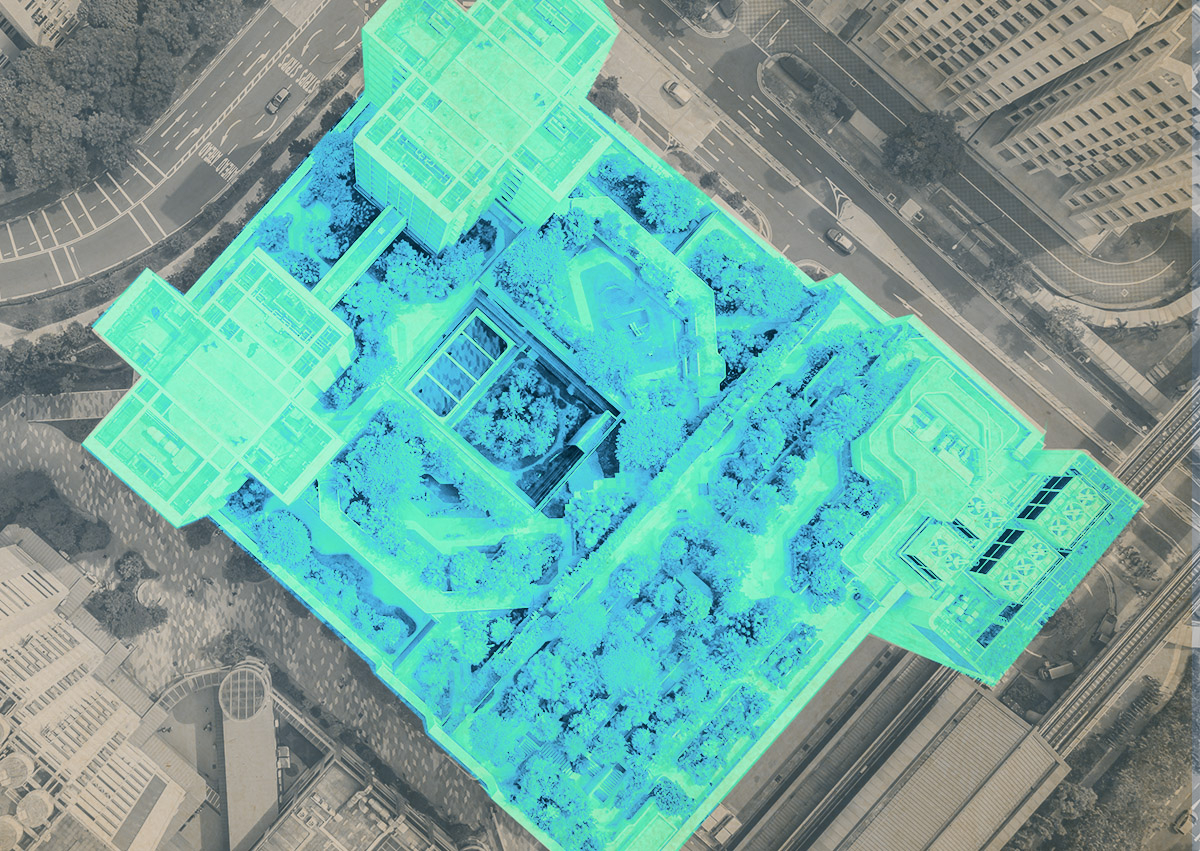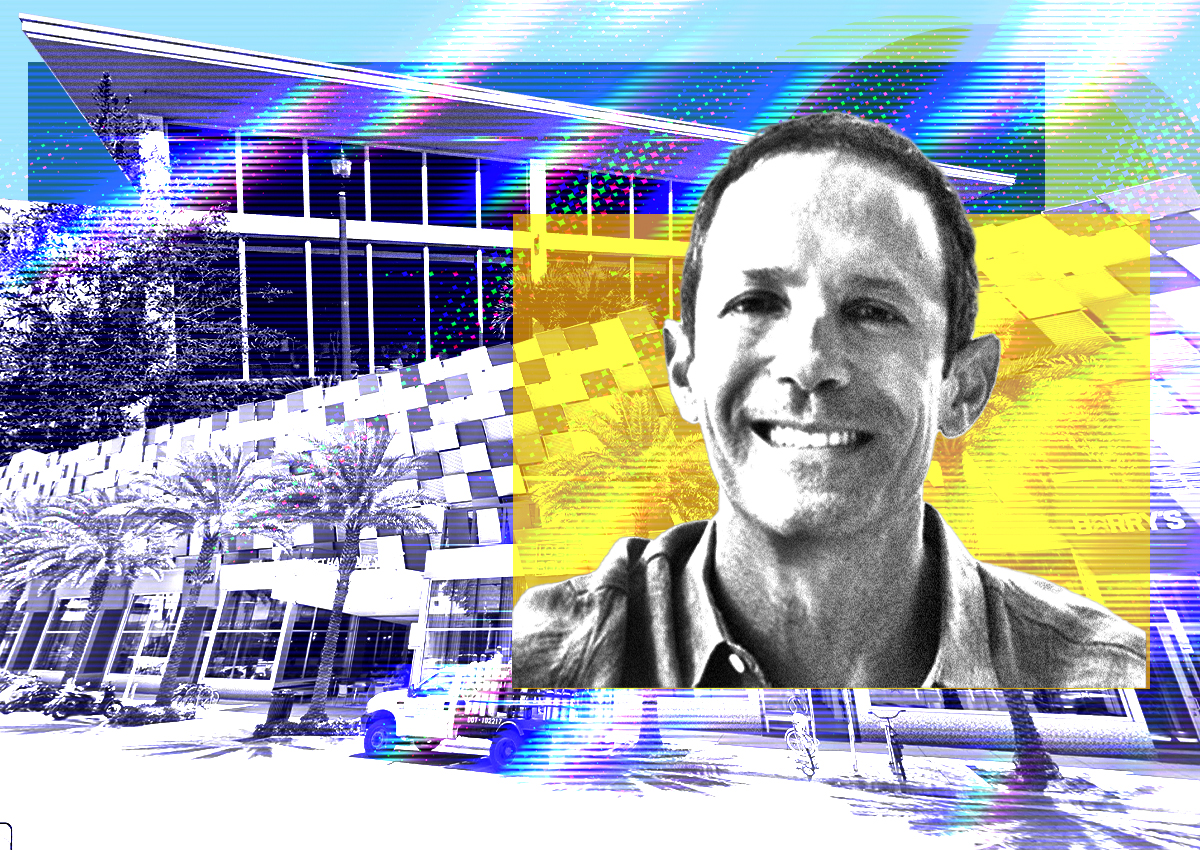
In an effort to repurpose disused office space and meet growing demand for locally grown food, innovative farmers are turning these dying properties into urban farms in cities across the U.S. and Canada, Smithsonian magazine report.
With the city’s office vacancy rate reaching nearly 24% in the first quarter of 2023, there is a need to find new uses for vacant space, according to Jackie Potter and Tyler Baras of Arlington, Va., co-founders of Area 2 Farms.
Three years ago, the Covid-19 pandemic had forced employees out of the office, and while some have returned, many buildings remain largely unoccupied.
Data from 10 major cities showed office occupancy at just over 50% of pre-pandemic levels in late January, but that growth has stalled in recent months. It is estimated that nearly 20% of office space in the United States is currently empty, and it is estimated that more than 300 million square feet of office space may be abandoned by 2030, as the epidemic has proved that remote work is feasible and favored by many people.
In order to solve the problem of underutilization of office buildings, cities such as New York, Washington, Los Angeles, Milwaukee, and Chicago San Francisco And Philadelphia is considering converting those spaces into apartments or farms.
While converting an office into a residential space can be costly due to differences in layout, converting it into a farm is a more viable option.
Area 2 Farms has introduced Silo, a multi-tiered conveyor belt system that mimics plants’ natural circadian rhythms. Silos do not require major modifications to existing buildings and can significantly reduce labor, making them an attractive option for urban farming in office spaces.
Likewise, AgriPlay Ventures of Calgary, Alberta is transforming part of the underutilized Calgary Tower Center into one of Canada’s largest indoor urban farms.
AgriPlay President Dan Houston sees office buildings as ideal farming locations because they have existing infrastructure for air conditioning, heating and ventilation. Their scalable installation model leverages artificial intelligence to operate a custom-built, plug-and-play modular growing system that allows potential owners to use the system without prior agricultural knowledge.
As these projects demonstrate, vertical farming can produce as much produce in urban areas as conventional methods, while using less energy and water. It also provides consistent year-round production and is less susceptible to climate or pest-related uncertainties.
By converting vacant office space into farms, the projects aim to address food insecurity in some regions, while also providing sustainable solutions to the struggling commercial real estate sector. Beyond the economic benefits, these initiatives create new green jobs, beautify spaces, and provide local communities with fresh produce, reshaping urban centers in the process.
— Ted Glazer







